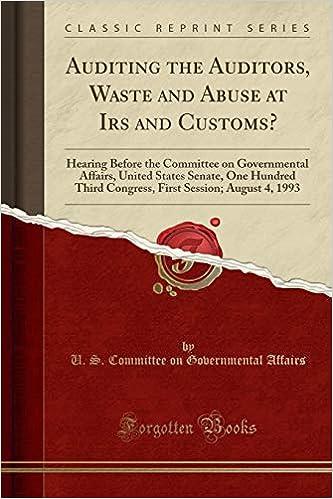Exercise 6.5 Alternative cost flow assumptions-perpetual inventory system L02 eXcel CHECK FIGURES: 3. COGS a $5,527 b. $5,476 Car Armour sells car wash cleaners. Car Armour uses a perpetual inventory system and made purchases and sales of a particular product in 2020 as follows: Jan. 1 Beginning inventory..... Jan. 10 Sold... Mar. 7 Purchased Mar. 15 Sold. July 28 Purchased Oct. 3 Purchased. Oct. 5 Sold. 110 units $7.00 - $ 770 80 units @ $15.50 - 1.240 300 units $6.30 - 1.890 130 units $15.50 - 2.015 550 units $6.10 3.355 500 units $6.00 3.000 670 units @ $15.50 - 10,385 Page 443 Required 1. Calculate the total goods available for sale (in units and cost). 2. Calculate the number of units sold and units remaining in ending inventory. 3. Determine the share of the cost of goods available for sale calculated in Part that should be assigned to ending inventory and to goods sold under a. FIFO Moving weighted average Given Data: Jan. 1 Beginning inventory Jan. 10 Sold Mar. 7 Purchased Mar. 15 Sold July 28 Purchased Oct. 3 Purchased Oct. 5 Sold 110 units @ 80 units @ 300 units @ 130 units @ 550 units @ 500 units @ 670 units @ $ 7.00 $ 15.50 = $ 6.30 = $ 15.50 = $ 6.10 = $ 6.00 = $ 15.50 = $ 770 $1,240 $1,890 $2,015 $3,355 $3,000 $10,385 Excel Templates Exercise 6-5 Part 1 Total goods available for sale: Units Cost Total Date Jan. 1 Mar. 7 July 28 Oct. 3 Total $ 0 $ 0 $ 0 $ 0 $ 0 0 Part 2 Number of units sold: Date Units Jan. 10 Mar. 15 Oct. 5 Total 0 Units remaining in ending inventory: Units available for sale Less units sold Units remaining in ending inventory 0 0 0 Part 3a FIFO perpetual Purchases Balance Sales (at cost) Cost of Goods Unit Cost Sold Units Unit Cost Total Cost Units Units Unit Cost Total Cost Date Jan. 1 Beginning inventory: 0 0 $ 0.00 0 Jan. 10 80 $ 0.00 0 (80) $ 0.00 0 Mar. 7 0 (80) 0 $ 0.00 $ 0.00 0 0 Mar. 15 (80) 210 $ 0.00 $ 0.00 (210) $ 0.00 0 July 28 0 (210) 0 $ 0.00 $ 0.00 Oo 0 0 Oct. 3 0 (210) 0 0 $ 0.00 $ 0.00 $ 0.00 0 0 0 Oct. 5 (210) 880 $ 0.00 $ 0.00 0 (880) 0 (880) $ 0.00 $ 0.00 0 0 0 Totals 0 0 0 Cost of goods available for sale 880 Cost of goods sold = Ending inventory Balance Moving weighted average (round to the nearest whole cent) Purchases Date Units Unit Cost Total Cost Units Jan. 1 Beginning inventory: 0 Sales (at cost) Cost of Goods Unit Cost Sold Units Unit Cost Total Cost 0 $ 0.00 0 Jan, 10 80 $ 0.00 0 (80) $ 0.00 0 Mar, 7 0 (80) $ 0.00 0 Mar. 15 130 $ 0.00 o (210) $ 0.00 0 July 28 0 (210) $ 0.00 0 Oct 3 0 (210) $ 0.00 0 Oct. 5 670 $ 0.00 (880) $ 0.00 0 Totals 0 (880) 0 0 Cost of goods available for sale 880 Cost of goods sold Ending inventory











